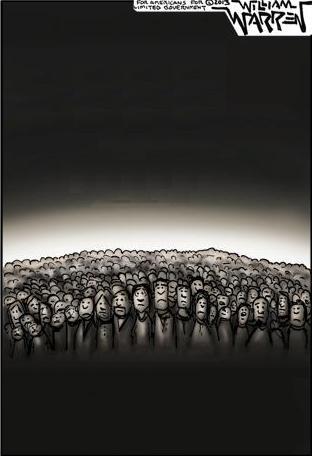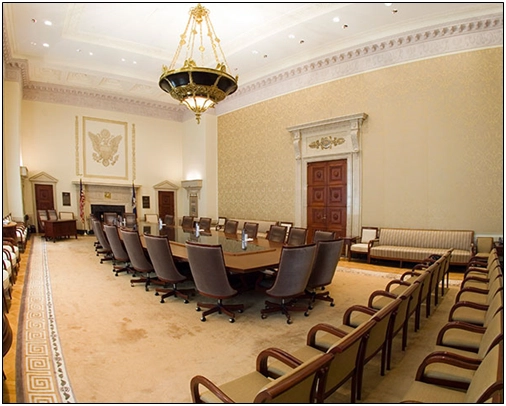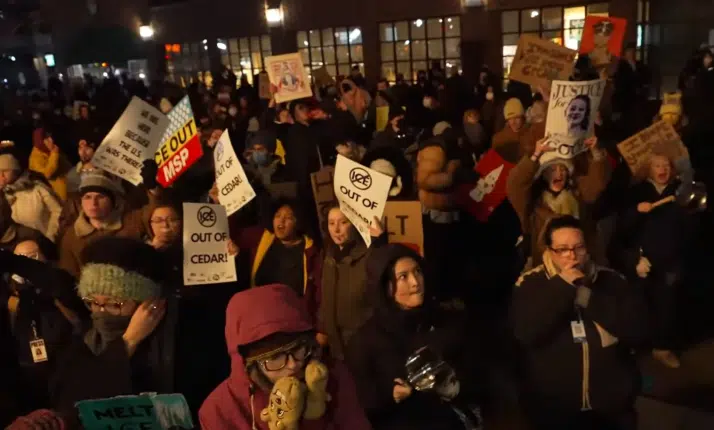9.8 percent.
That’s what the unemployment rate would be if 16 to 64 year olds were working at the same rate they were two decades ago in 1997, when labor participation among working age adults was 77.4 percent.
Now it’s down to 73.2 percent, accounting for 8.7 million working age adults who either left the work force or did not enter on a net basis — and so are not currently being included in the tally of unemployed people. They gave up looking for work, because there is less of it to be found.
That is why even though the unemployment rate is said to only be 5 percent, that is not really apples to apples comparison to the way the economy used to be.
For example, in 1997 the overall unemployment rate averaged 4.9 percent. And yet labor participation among working age adults is far lower. So a 5 percent unemployment rate is not what it used to be.
“These are Americans in their prime working years but are simply not participating, and when some of them do try to participate, the unemployment rate increases, as it did today,” Americans for Limited Government President Rick Manning noted in an Oct. 7 statement.
This continued decrease in labor participation underscores an overall decline of work in America for working age adults and how much the economy has changed in the past two decades, accounting for globalization, outsourcing and technology. It has led to the collapse of entire communities, livelihoods and families.
The drop in labor participation extends beyond simply job losses. It could account for more than $2.4 trillion of lost nominal GDP in the U.S. economy, given the strong relationship between the growth of the labor force and the growth of the economy itself.
That doesn’t even count the lost GDP from trade deficits — a direct subtraction from GDP — which have totaled more than $8.7 trillion since 2000 when China entered the World Trade Organization and Congress granted it permanent normal trade relations.
In that time, trade competitors have engaged in massive devaluations resulting in U.S. exports becoming more expensive overseas and imports from foreign economies becoming cheaper here. All that time, the American people have been assured by economists that currency exchange rates have no impact on prices, when they really do. You can calculate it.
So, despite the happy talk about the state of the U.S. economy and Americans getting back to work, it is clear to millions of Americans who are not participating, working less and earning less than their predecessors that the economy is not working for them.
And it shows. The economy has not grown above an inflation-adjusted 4 percent since 2000, and not above 3 percent since 2005. The past decade has been the worst 10-year stretch for GDP since the Great Depression.
Nominal household median incomes are flattening, too, only up 2 percent annually since 2000 even with 2015 factored in compared with 3.9 percent a year from 1985 to 1999. Job growth has only been 0.7 percent a year since 2000, compared to 1.6 percent annually from 1985 to 1999.
In the meantime, household debt per household as a percent of median income has increased from 111 percent in 1985 to 204 percent in 2014.
In other words, the pain felt by households is real, with an economy that produces relatively fewer jobs and less growth. So, the government can report 5 percent unemployment all it wants, but that’s not counting the 8.7 million working age adults 16 to 64 year olds who are no longer part of the working economy. And that’s the problem.
Robert Romano is the senior editor of Americans for Limited Government.







